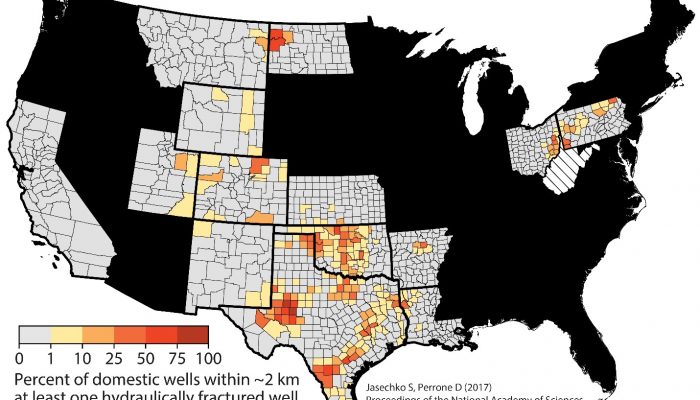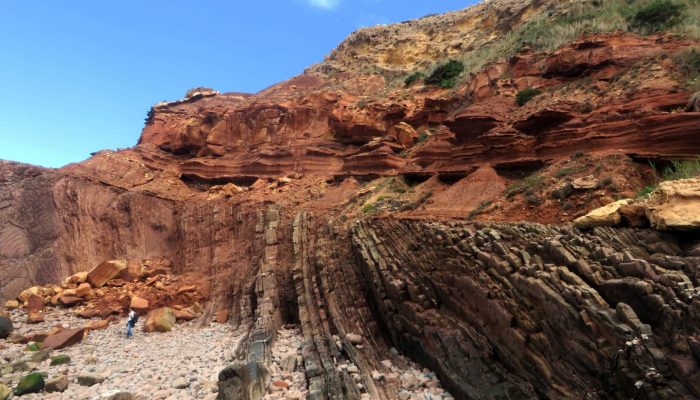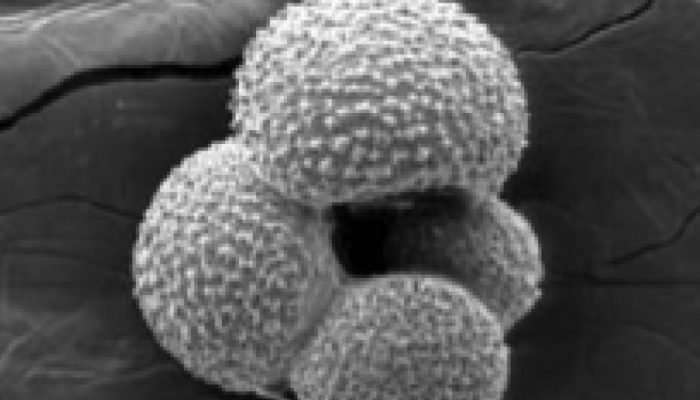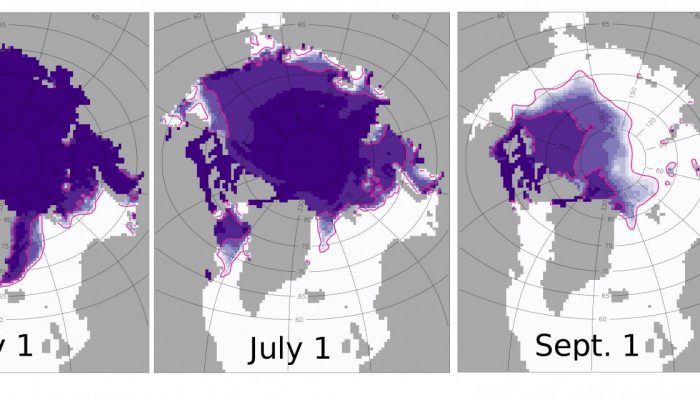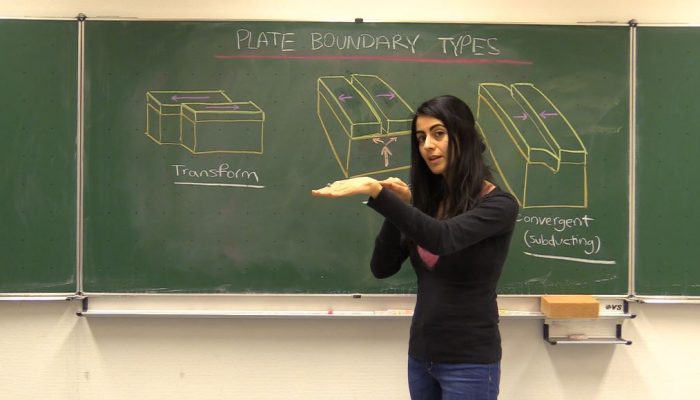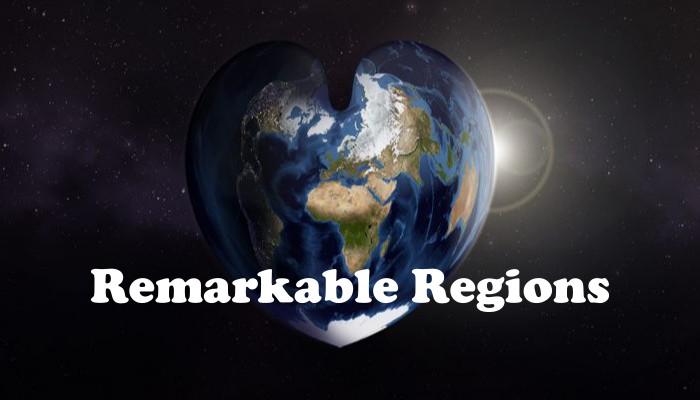Since our last blog, Agung has had two months to reflect and has recently begun a strong ash venting process, with incandescence visible at night in the summit. Updates from Magma Indonesia, the official communications hub for natural hazards in Indonesia, have highlighted an elevated level of volcanic tremor and an evacuation zone to 12 km radius around the volcano is being enforced. You can foll ...[Read More]
If you didn't find what you was looking for try searching again.
Geodynamics
On the influence of grain size in numerical modelling
The Geodynamics 101 series serves to showcase the diversity of research topics and methods in the geodynamics community in an understandable manner. We welcome all researchers – PhD students to Professors – to introduce their area of expertise in a lighthearted, entertaining manner and touch upon some of the outstanding questions and problems related to their fields. This month Juliane Dannberg fr ...[Read More]
WaterUnderground
Hydraulic fracturing close to groundwater wells
Post by Scott Jasechko, Assistant Professor of Water Resources with the Bren School of Environmental Science & Management, at the University of California, Santa Barbara, and by Debra Perrone, non-resident Fellow at Water in the West and an Assistant Professor, also at the University of California, Santa Barbara, in the United States. _______________________________________________ In December ...[Read More]
Geology for Global Development
Guest Blog: Anthropogenic climate change – what does this mean for groundwater resources in Africa?
On the 25th October, Laura Hunt (Cardiff University) attended the joint meeting of the International Association of Hydrogeologists (IAH) and the Hydrogeological Group of the Geological Society, which included the Ineson Lecture at the Geological Society of London. It is a common misconception that Africa is an entirely dry, arid continent, parched for water. A resource that we in the UK take alm ...[Read More]
GeoLog
Imaggeo on Mondays: Angular unconformity
It is not unusual to observe abrupt contacts between two, seemingly, contiguous rock layers, such as the one featured in today’s featured image. This type of contact is called an unconformity and marks two very distinct times periods, where the rocks formed under very different conditions. Telheiro Beach is located at the western tip of the Algarve; Portugal’s southernmost mainland region and the ...[Read More]
Climate: Past, Present & Future
Forams, the sea thermometers of the past!
Name of proxy Mg/Ca-SST on planktonic foraminifera shell Type of record Sea Surface Temperature (SST) Paleoenvironment Marine environments Period of time investigated 55 Million years ago to recent times How does it work ? Foraminifera (or Forams) are single-celled organisms varying from less than 1 mm to several cm in size. They are very abundant in the ocean floor (benthic species) or floating a ...[Read More]
Cryospheric Sciences
Image of the Week – Does size really matter? A story of ice floes and power laws
The retreating Arctic sea ice is one of the most well-known facets of Climate Change. Images of polar bears desperately swimming through polar seas searching for somewhere to rest and feed resonate strongly with the public. Beyond these headlines however, the Arctic Ocean is displaying a rapid transition from having mostly permanent ice cover to a more seasonal cover. The Marginal Ice Zone As both ...[Read More]
GeoLog
GeoTalk: How an EGU Public Engagement Grant contributed to video lessons on earthquake education
Did you know that the EGU has a public engagement grant scheme which, annually, awards two EGU members with 1000€ to help them develop an outreach project? The 2018 call for applications is currently open. In this GeoTalk interview, Laura Roberts talks to Solmaz Mohadjer, a winner of the first EGU Public Engagement Grants competition in 2016. If you are considering applying, then read on for tips ...[Read More]
Geodynamics
Alaska: a gold rush of along strike variations
Every 8 weeks we turn our attention to a Remarkable Region that deserves a spot in the scientific limelight. After exploring the Mediterranean and the ancient Tethys realm, we now move further north and across the Pacific to the Aleutian-Alaska subduction zone. This post was contributed by Kirstie Haynie who is a PhD candidate at the department of geology at the University at Buffalo, State Univer ...[Read More]
GeoLog
Imaggeo on Mondays: A spectacular view of moss-covered rocks
Geology has shaped the rugged landscape of the Isle of Skye – the largest island of Scotland’s Inner Hebrides archipelago. From the very old Precambrian rocks (approximately 2.8 billion years old) in the south of the island, through to the mighty glaciers which covered much of Scotland as recently as 14,700 years ago, the modestly-sized island provides a snap-shot through Earth’s dynamic his ...[Read More]



